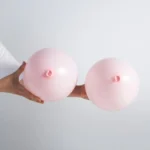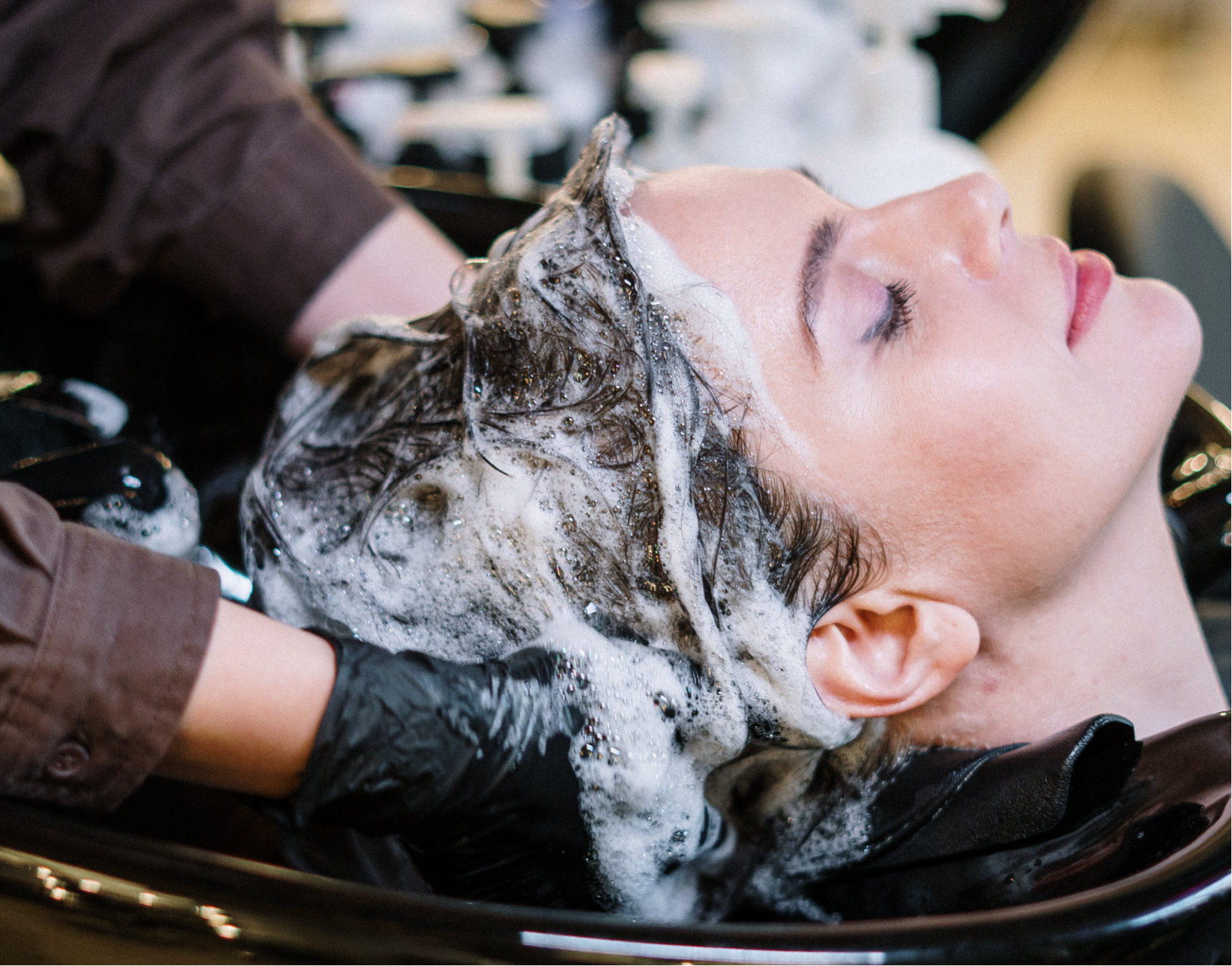The general recommendation is to use shampoo first, followed by conditioner. Here’s why:
Shampooing First:
Shampoo is designed to clean your hair and scalp by removing dirt, oil, and product buildup. If you apply conditioner first, it can weigh down your hair, making it difficult for the shampoo to clean effectively.
- Example: Imagine your hair is a dirty dish. You wouldn’t apply a layer of moisturizing lotion (conditioner) to a dirty dish before cleaning it with soap (shampoo). You’d wash it with soap first to remove the grime, then possibly follow with a protective layer (like conditioner) to keep it in good condition.
Conditioning After Shampooing:
Conditioner is meant to moisturize and protect your hair, smoothing the hair cuticle and providing nourishment. If used after shampooing, it can effectively lock in the benefits and leave your hair smoother and more manageable. Here are the following examples to understand the logic of shampoo or conditioner first.
Car wash:
Think of shampooing as washing your car to remove dirt and then applying a coat of wax (conditioner) afterward. The wax not only protects the car’s paint but also leaves it shiny and smooth.
Planting:
Think of shampooing as preparing a garden bed for planting. First, you remove weeds and debris (shampoo cleanses the hair and scalp). After clearing the bed, you add nutrients or fertilizer (conditioner) to enrich the soil, ensuring that the plants (your hair) will be nourished and grow healthily.
Painting a Wall:
Before painting a wall, you first clean it to remove any dust or stains (this is like shampooing). After the wall is clean, you apply a primer or sealant (conditioner) to ensure that the paint adheres better and the wall is protected.
Skin Care Routine:
In a skincare routine, you cleanse your face first to remove makeup and impurities (similar to shampooing). Then, you apply a moisturizer to hydrate and protect your skin (like using conditioner). Applying moisturizer to a dirty face would be less effective, just as conditioning dirty hair is less effective.
Cooking Analogy:
Consider cooking a meal where the first step is to clean your ingredients (akin to shampooing). After they are clean, add oil or seasoning (conditioner) to enhance the flavor and texture. Seasoning dirty ingredients wouldn’t be as effective or appetizing.
Laundry Process:
When doing laundry, you first wash your clothes with detergent to clean them (shampoo). After they are clean, you use a fabric softener (conditioner) to make them soft and fragrant. Applying fabric softener to dirty clothes wouldn’t be effective.
Verdict:
In summary, shampoo first for cleaning, followed by conditioner for moisturizing and protection. This sequence ensures that your hair is effectively cleansed and then nourished, leading to healthier and more manageable hair. I hope these examples are enough to understand that you should shampoo first and then apply conditioner for the best results.







